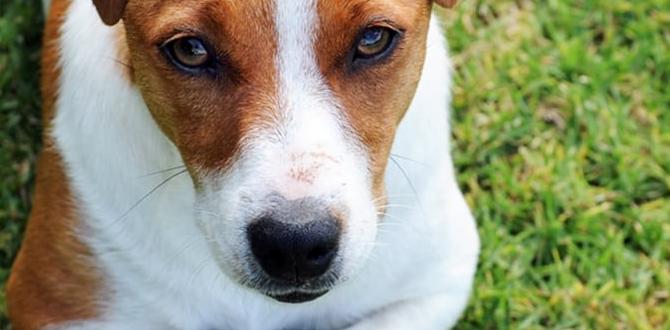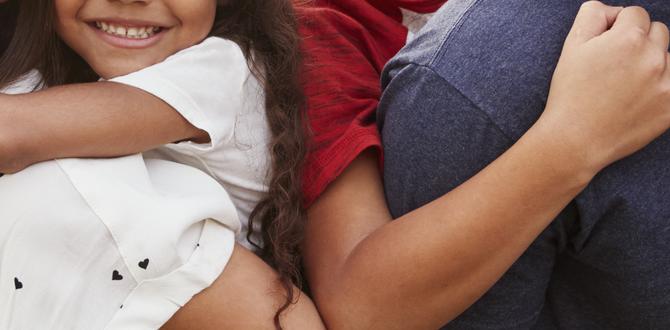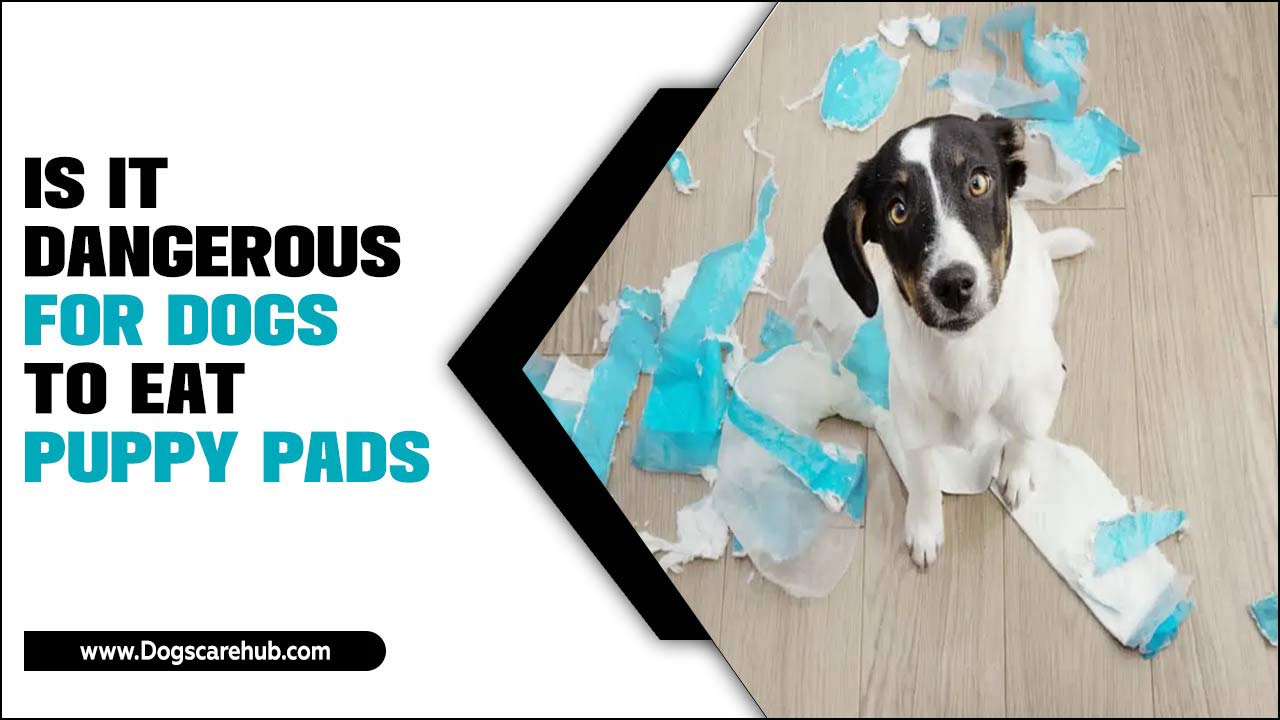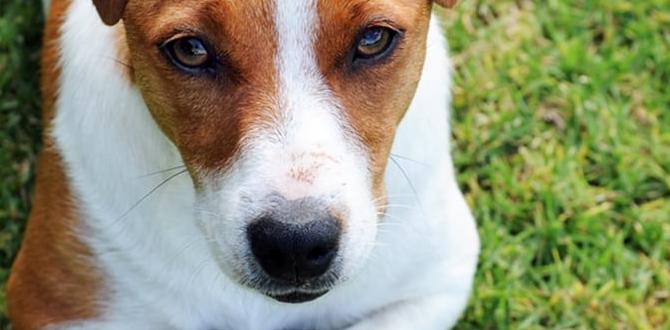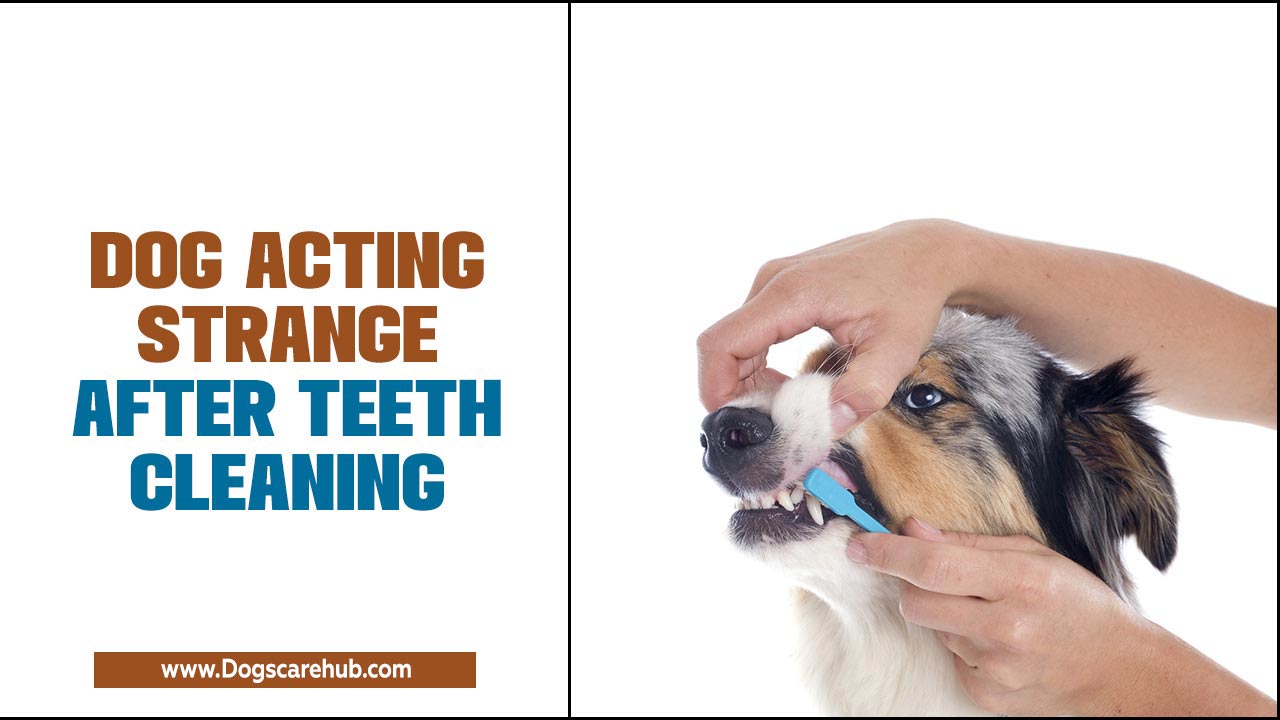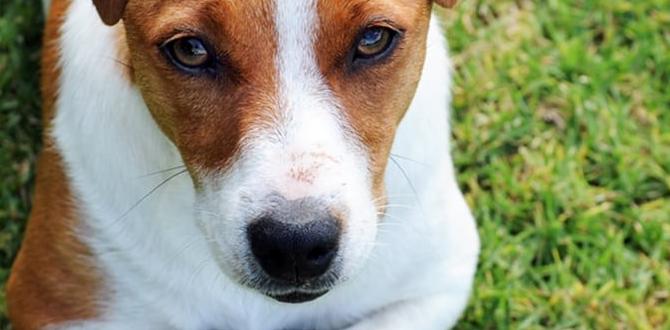Imagine bringing home a rescue dog. You think of cuddles and playtime. But what if your new friend feels scared? Dealing with an anxious rescue dog can be a challenge. Many dogs come from tough backgrounds. They may tremble at loud noises or hide from new faces.
You might wonder, “How can I help my furry friend?” The answer isn’t always simple. It takes patience, love, and understanding. Dogs need time to trust their new families. They might need special care, too. Did you know that many anxious dogs can become happy and playful with the right support?
This article will guide you on how to make your rescue dog feel safe. We’ll explore fun tips and share heartwarming stories. With the right approach, you can turn anxious moments into joyful ones. Are you ready to help your dog become the best version of themselves? Let’s dive in!
Dealing With Anxious Rescue Dog: Tips And Strategies

Dealing with Anxious Rescue Dog
Caring for an anxious rescue dog can be a rewarding challenge. First, build trust with gentle interactions. Create a safe space at home where your dog can retreat when scared. Have you tried using calming music? Many dogs find it soothing! Regular exercise helps too. A daily walk can ease anxiety and strengthen your bond. Remember, patience is key. Changes take time, but each small step brings progress. Seeing your dog relax is worth the effort!Understanding the Causes of Anxiety in Rescue Dogs
Common reasons for anxiety in rescue dogs. How past experiences influence behavior.Many rescue dogs feel anxious because of their past. Some common reasons include:
- Previous abuse or neglect
- Change in environment
- Separation from family
These experiences can shape how they behave today. A scared dog might hide or bark a lot. Understanding their background helps us support them better. Every little step can make them feel safe and loved.
What can cause anxiety in rescue dogs?
Common causes include past abuse, changes in their home, and loss of loved ones.
How does their history affect their behavior?
Their past experiences can lead to fear and nervous habits. It’s important to be patient as they heal.
Recognizing Signs of Anxiety in Your Dog
Behavioral indicators of anxiety. Physical signs to watch for.Dogs show anxiety in many ways. If your dog seems restless or hides a lot, it might be feeling anxious. Here are some common signs to watch for:
- Whining or barking
- Pacing back and forth
- Excessive licking
- Avoiding eye contact
Physical signs can also show fear:
- Trembling or shaking
- Holding tail between legs
- Rapid breathing
- Clinging to you
Pay attention to these signs. Understanding them helps you support your anxious rescue dog better.
How can I tell if my dog is anxious?
Look for signs like whining, pacing, or trembling. Physical changes can also indicate anxiety.
Creating a Safe and Comfortable Environment
Essential elements for a calming space. Importance of routine and consistency.To help an anxious rescue dog feel safe, create a calm space. Start by choosing a quiet area. Add soft bedding and familiar toys. Use gentle lighting to avoid harsh shadows. Routine is key! Dogs love knowing what to expect. Stick to a regular feeding and walking schedule. This helps them feel secure and relaxed.
- Provide a cozy bed
- Use gentle colors for walls
- Limit loud noises
How can I make my dog feel safe?
To make your dog feel safe, create a routine. Keep their space calm with soft bedding and familiar items. Dogs thrive on routine and a quiet environment.
Effective Training Techniques for Anxious Dogs
Positive reinforcement methods. Desensitization and counterconditioning strategies.Training an anxious rescue dog can be fun and rewarding! Using positive reinforcement works wonders. This means giving treats or praise when your pup behaves well. It’s like giving them a gold star for good behavior! Next, try desensitization and counterconditioning. This means introducing your dog to their fears slowly and pairing it with something they love, like treats. Think of it as a happy distraction! Here’s a quick summary in the table below:
| Technique | What It Means |
|---|---|
| Positive Reinforcement | Rewarding good behavior with treats and praise |
| Desensitization | Slowly exposing your dog to their fears |
| Counterconditioning | Pairing fears with something positive, like snacks |
With patience and fun, your rescue pup can become confident and happy! Remember, every small step counts.
The Role of Socialization in Reducing Anxiety
Importance of gradual socialization. Safe interaction with other dogs and people.Helping a rescue dog feel safe is important. Gradual socialization can build their confidence. Begin by introducing them to new places slowly. Always ensure these interactions are safe. Here are some tips:
- Start with quiet environments.
- Allow the dog to approach other dogs and people.
- Use treats to create positive experiences.
This way, the dog learns that new experiences can be fun. Socializing helps reduce anxiety over time, making them happier and more relaxed.
How can I help my anxious rescue dog with socialization?
Start slow. Use safe spaces and ensure positive interactions to help your dog feel secure. Give them time to adjust and reward them with treats to create good memories.
Professional Help: When to Seek Assistance
Signs that professional training is needed. Types of professionals to consider.Signs that a rescue dog may need professional help include excessive barking, hiding, or not eating. If your pup is shaking or panting a lot, it’s time to call for backup! Some experts can help—like trainers, veterinarians, or behaviorists. They can work their magic and make your dog feel safe. Remember, even superhero pups sometimes need sidekicks. Seeking help early is smarter than waiting until your couch turns into a chew toy!
| Sign | Type of Professional |
|---|---|
| Excessive barking | Trainer |
| Refusal to eat | Veterinarian |
| Extreme fear or hiding | Animal Behaviorist |
Long-Term Strategies for Managing Anxiety
Building a routine for stability. Continued monitoring and adjustment of techniques.Creating a steady routine can help an anxious rescue dog feel safe. Try to feed, walk, and play with them at the same times each day. This consistency builds trust. Monitor how your dog responds. If something isn’t working, adjust your approach. Keep trying different techniques until you find what helps most.
- Stick to a schedule for meals and exercise.
- Watch for your dog’s reactions.
- Be open to changing methods as needed.
How can I create a routine for my rescue dog?
Feed your dog at the same times daily and take them for walks at set hours. This creates a sense of safety.
Success Stories and Case Studies
Reallife examples of transformed anxious rescue dogs. Key takeaways from successful rehabilitation efforts.Many dogs find their happy endings after tough beginnings. Take Bella, a shy pup who hid under the couch. With love and patience, she transformed into a social butterfly. Another heartwarming case is Max, who once trembled at loud noises. Slowly, he learned to enjoy walkies and even wagged his tail at passing cars! These stories show that with consistent training and affection, anxious rescue dogs can change remarkably. Below are key takeaways from these success stories:
| Dog Name | Issue | Outcome |
|---|---|---|
| Bella | Shyness | Social Butterfly |
| Max | Fear of noises | Enjoys walkies |
These examples highlight the power of patience and care. Every little step counts, and soon enough, twirls and barks will replace the anxious whines!
Conclusion
In conclusion, dealing with an anxious rescue dog takes time and patience. You can build trust by creating a safe space. Use gentle training techniques to boost their confidence. Remember to celebrate small victories along the way. For more tips and support, consider reading books or joining online communities. Together, we can help our furry friends feel secure and loved!FAQs
What Are The First Signs Of Anxiety To Look For In A Rescue Dog, And How Can I Assess Their Level Of Stress?The first signs of anxiety in a rescue dog can be hiding, shaking, or barking a lot. They might also avoid eye contact or keep their tail tucked between their legs. To check how stressed they are, watch their body. If they look scared or eager to leave, they might need more comfort. Remember, being calm and gentle helps them feel safe.
What Are Some Effective Training Techniques To Help An Anxious Rescue Dog Feel More Comfortable And Secure In Their New Environment?To help your anxious rescue dog feel safe, try these techniques. First, create a cozy space with a comfy bed and toys. Use treats to reward your dog for being brave. Take it slow with new people and sounds, so your dog can get used to them. Finally, spend time playing or walking together to build trust and make your dog feel happy.
How Can I Create A Safe And Calming Space At Home For My Anxious Rescue Dog?To create a safe and calming space for your dog, choose a quiet room. Make a cozy area with soft bedding and blankets. Add some toys for fun and comfort. You can also use warm, soft lights to make it feel nice. Finally, spend time there with your dog to help them feel safe.
What Role Does Exercise And Mental Stimulation Play In Alleviating Anxiety In Rescue Dogs, And What Activities Are Best Suited For Them?Exercise and mental stimulation help reduce anxiety in rescue dogs. When dogs get to run, play, or learn new tricks, they feel happier and calmer. Fun activities like fetch, hide and seek, or puzzle toys work well. These help keep their bodies and minds active. A tired dog is often a happy dog!
When Should I Consider Seeking Professional Help, Such As A Dog Trainer Or A Veterinarian, For My Anxious Rescue Dog?You should think about getting professional help if your dog seems very scared or nervous. If your dog hides a lot or bites when scared, that’s a sign. You can also get help if your dog won’t eat or can’t sleep. A good trainer or vet can help your dog feel better and be happier.
Meet Elyse Colburn, the devoted canine companion and storyteller behind the enchanting world of “Tales, Tails, and Adventures Unleashed.” A passionate dog enthusiast with a heart full of paw prints, Elyse Colburn shares heartwarming tales and insightful adventures, celebrating the joy, loyalty, and endless antics that make every dog a true hero. Join Elyse Colburn on this tail-wagging journey, where every post is a love letter to our four-legged friends.

